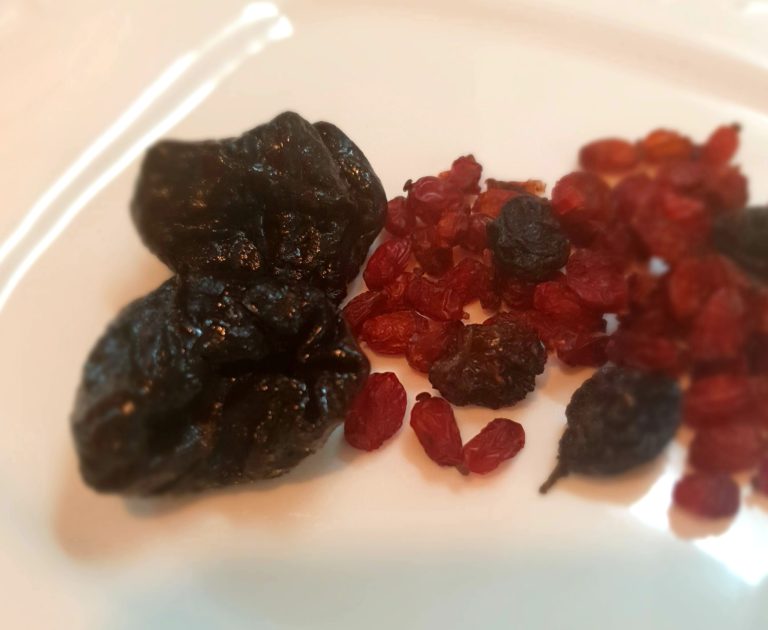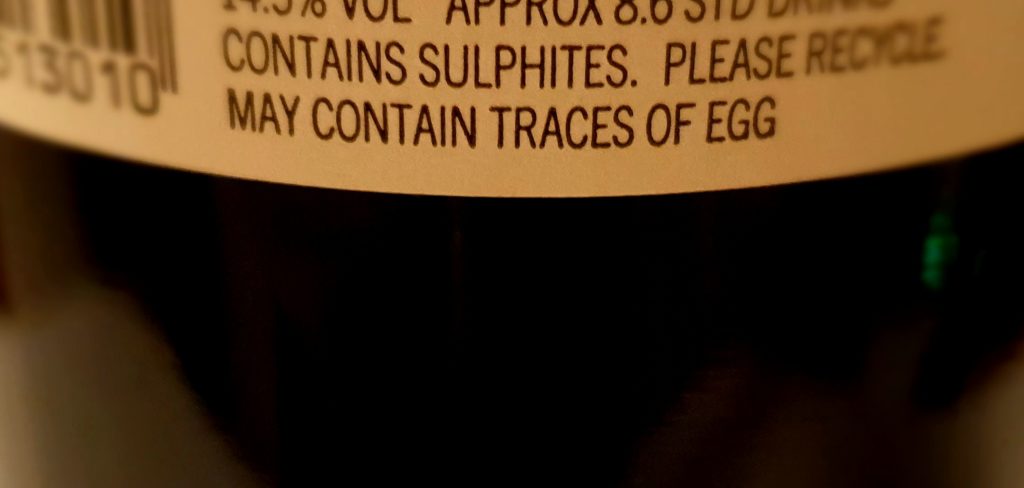Sometimes when I wonder on which subject to write about, I tend to do a little research before I conclude to the topic. Controversial and somewhat amusing comes the famous “Contains Sulphites” indication on the wine labels.
Apparently, in the 80s, in the US, there was an excessive use of sulphites (Sulphur Dioxide, SO2)) as preservative in many beverages and foods. As a result, there was an increase in the number of severe allergic reactions due to it. Therefore, since it was found in more foods, it could trigger reactions to more people, analogically.
In the wine world, many people tend to put the blame on Sulphites for their headache after a wine night (or morning or evening).
So let’s see what these Sulphites are and how harmful they can be or not.
Sulphur is a chemical compound used as a preservative in wines; antioxidant and antibacterial. It is added in the majority of the wines that are meant to keep a shelf life of more than 2 years, so basically all wines!
Firstly, it prevents spoilage of wine, discolouration, bacterial growth and further, unwanted, fermentation.
Secondly, Sulphur dioxide is, if not added, naturally occurring in wines, wineries and even oak barrels. It is a natural by-product of fermentation, along with alcohol and carbon dioxide.
Sulphur can, indeed, cause allergic reactions to those having a sensitivity. Thus, it was mandatory for the bottle to mention “Contains Suphites” phrase, should there be a quantity of 10 parts per million (ppm) of Sulphur Dioxide or more.
Some facts can be insightful to whether Sulphites is something you’d like to think about more:
- An average bottle of dry red wine contains approximately 80ppm
- Maximum permitted is 350ppm
- White wine contains more Sulphites than red
- Organic wines or 100% Organic cannot have any added Sulfites, but will naturally contain about 4-40ppm.
- In the USA, if the label states “Made with Organic grapes” or “ Biodynamic” up to 100ppm can be added.
- Dried apricots contain approximately 3500ppm!
- Seafood, potato products or pre cut salads and fruits contain up to 10 times more SO2.
- “People with Sulphur- sensitive asthma experience asthma symptoms when they eat foods or drink beverages that contain Sulphites” – Cleveland Clinic

Does the headache really come from the wine containing Sulphites?
If you are allergic to it, most probably yes and most probably you would experience breathing difficulty as well.
But if you’re not, there are certain other factors you might need to consider for reducing or eliminating headaches after consuming wine.
Keeping it short and sweet:
Alcohol
Well-known to everyone that in excessive use can create dehydration and therefore headache.
Histamines
Although they are part of the human chemical compounds, in an excess can create allergic reactions and headaches. “Some people have a shortage of an enzyme that breaks down histamine in the small intestine. Alcohol also inhibits the enzyme, so the combination may boost histamine levels in the blood, which can dilate blood vessels and cause a headache” – Health.harvard.edu
Tannins
Again, it is what makes red wine great, but in high quantities can release big amounts of serotonin that eventually and potentially can create headaches.
“Wine is meant to be drunk in hours, not in liters”
- Andro Tomic, Croatian Winemaker
In conclusion, after this brief and geeky approach, wine is a complex product with its naturally occurring chemical compounds, its natural combination of elements and its ever evolving winemaking technics.
As the Greeks used to say, keep everything in moderation.
Drink water, know your limits, combine your wine with food and enjoy that glass.
- https://www.healthline.com/nutrition/sulfites-in-wine
- https://winefolly.com/deep-dive/sulfites-in-wine/
- https://www.wired.com/2015/06/wine-sulfites-fine-heres-remove-anyway/

